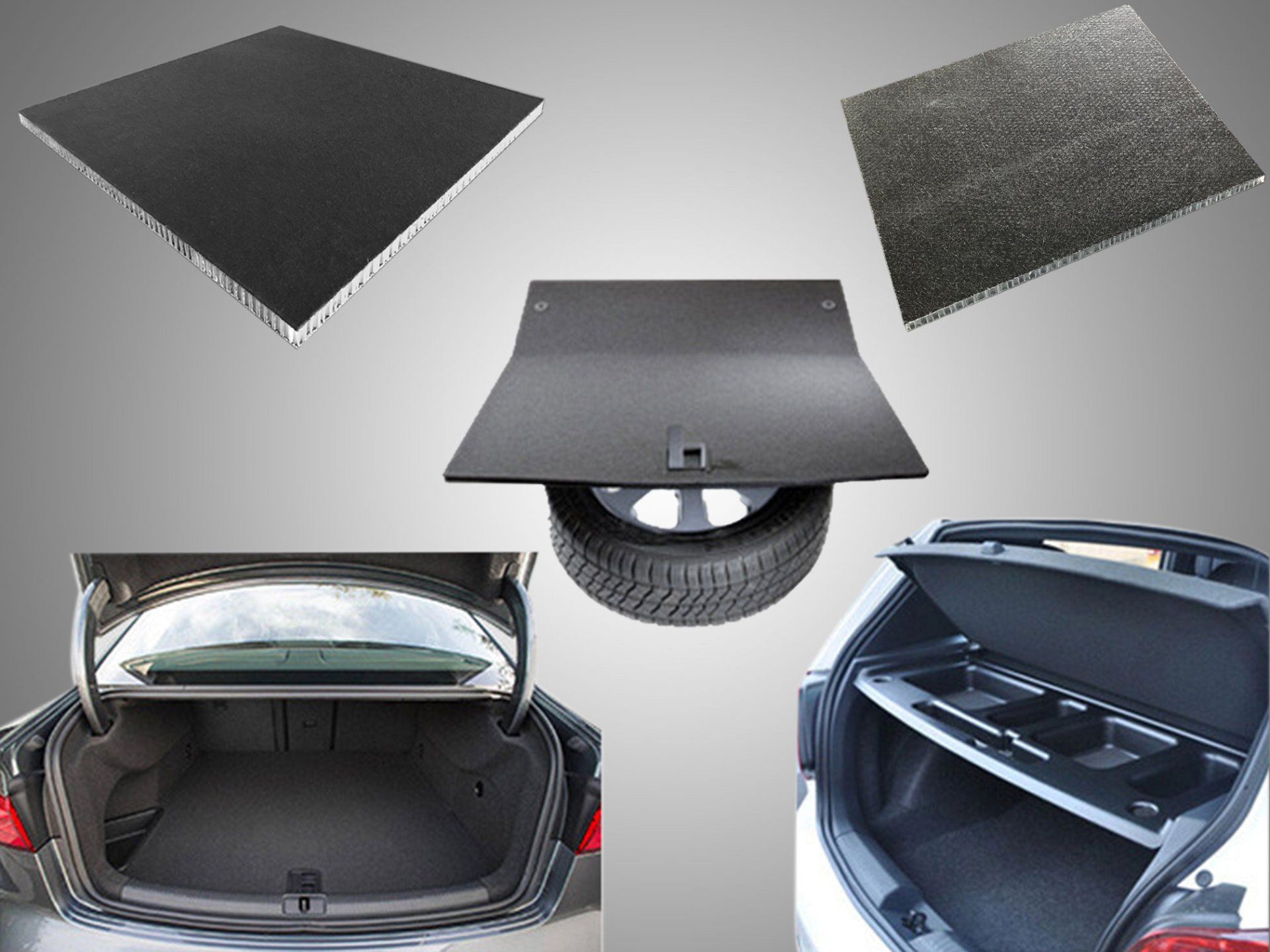
Nowadays, electric vehicles are vehicles replacing fuel vehicles as a key research direction for major manufacturers. In order to achieve a higher range, manufacturers need to replace their original materials with lighter and stronger materials to ensure that their products ensure not only vehicle range but also safety.
Honeycomb core composites panel have been widely used in the components and structures of the high-yield automobile industry, but most of them were made of aluminium. The Plastic honeycomb core can be used to reinforce structural components of a vehicle, such as bumpers, doors, and body panels. Its lightweight nature makes it an attractive alternative to traditional materials like steel or aluminium.
Polypropylene honeycomb panels can be used to make interior components, air ducts and insulation and sound insulation components for various automotive OEMs. Black polypropylene composite board can also be used as a suitcase floor. the material is recyclable and uses less energy to produce than competing materials. Its honeycomb core helps reduce the weight of automotive components and has similar or better strength properties than solid materials.
The process of producing the honeycomb core material is the extrusion thermoplastic polypropylene honeycomb core, hot melt composite non-woven fabric on the production line to achieve good bonding with the skin layer. In this way, the customer can make the final part by using the appropriate skin layer, and then moulding and cutting it to the desired size.
In addition to automobile parts, the honeycomb core material can be used for cargo car bodies, ship interiors, swimming pools and furniture.


Qingdao Achieving Honeycomb Panel Co., Ltd. has developed a polypropylene honeycomb core material for the composite sandwich structure used in automotive panels. The standard weight of the core is 80 kg/m3, and for applications requiring low compressive strength, a density of 60 kg/m3 is available. The thickness is 3 ~ 30mm and the cell size is 3 ~ 10mm.